Warm and oh-so-cozy! Fleece has been great for curling up on a cold night, but don’t be afraid to use it as a canvas and add some embroidered creativity! From personalized messages to vibrant patterns to fun designs, you can turn your simple fleece project into a work of art.
Learn how to machine embroider on fleece clothing and home decor with our useful tips and instructions. Grab your fleece, threads, and embroidery machine, and let’s begin to keep you warm and inspired year-round!

Everything You Need To Know About Fleece
Fleece is a soft and fluffy fabric made by brushing or abrading double-knit on one or both sides. It can be made from different materials, but the differences come from how the fleece is knit and brushed.
Cotton Fleece
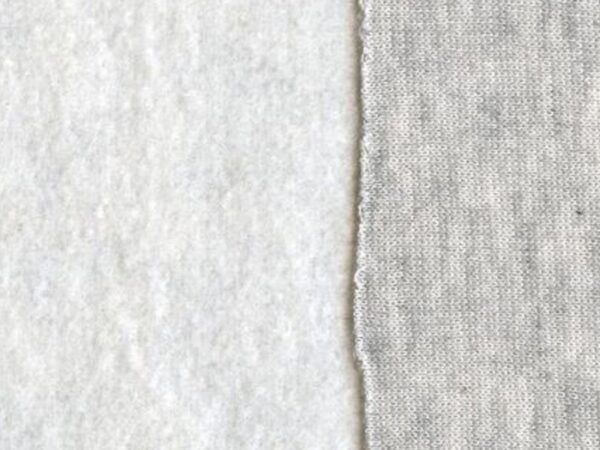
Remember your trusty sweatpants when you were young(er)? (Smooth knit on one side and fluffy on the inside?) Those were cotton fleece. While they were super soft and cozy to start, they got a little more rough as time continued.
Polyester Fleece
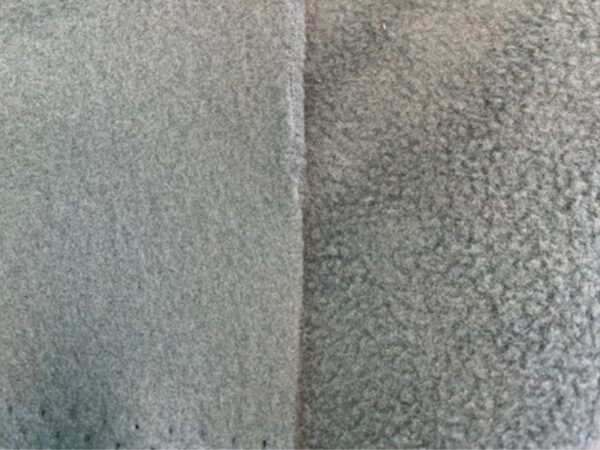
Virtually ALL fleece is polyester today. Why? Polyester begins as melted plastic and undergoes extrusion and stretching to form the finest thread imaginable (think micro).
The advantage is it stays soft and will not shrink. A quick way to tell the difference between poly and cotton is the sheen on the smooth side.
Sherpa
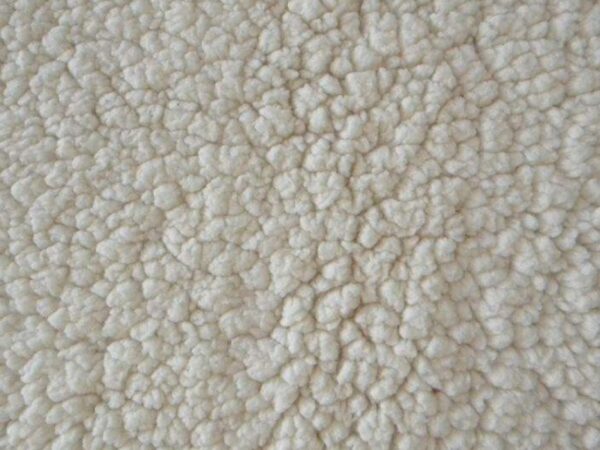
The name comes from sherpas in Nepal and other Asian countries. They wear lambskin clothing because it is a great insulator and keeps them warm. Sherpa fleece is super fluffy, high pile, and warm with a micro-fine fiber.
Polar Fleece
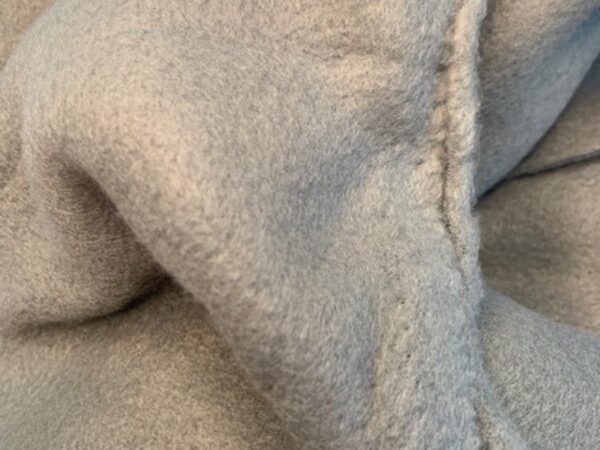
It is thicker and more insulating, its “fluff” is on both sides, and the nap is very fine. Great for fleece blankets.
Foam Center Fabric
People often confuse this with fleece. A thin foam sheet is combined with brushed knit to insulate well to make a fake fleece. You can still embroider on it, but always do a test stitch before committing to a garment.
What Quality Of Fleece Should You Use?
This is a loaded question! There are pros and cons to each type of fleece:
- Cotton: can pill and become less soft as time continues.
- Polyester: pilling is a common problem, but “non-pill” types are available.
- Non-pill fleece: works well but can be more expensive.
- Sherpa: great to wear, but the microfiber can clump together and lose its softness quickly. Because of the micro-fine fiber, debris can become trapped and can be very difficult to get out.
Though the double-sided fleece can look the same, often you will find it is not!
Fleece has a right and wrong side. To find the right side, look for smoother and more even fibers. That is the right side. The wrong side will have a slightly pilled appearance.

When working with fleece, you will notice a lot of “fuzzies” around your workspace. Not only on the table but also on/in your machine’s needle plate and bobbin.
Always use a gentle brush to remove them, and never blow into the machine, as it pushes the fuzz deeper.
Learn more about maintaining your embroidery machine properly so it continues to stitch smoothly.
Tips For Embroidering On Fleece: Embroidery Designs
When trying to find a design, choose one without thin lines! Lines vanish in fluff without a knockdown stitch, which can still be difficult to spot. If you have single lines, opt for a triple stitch or backstitch, which doubles or triples the thread.
Fleece can handle dense designs, but bullet-proof designs will warp the fabric and may even tear the knit. Since fleece is so stretchy, packing in thousands of stitches will cause the fabric to expand like a bowl.
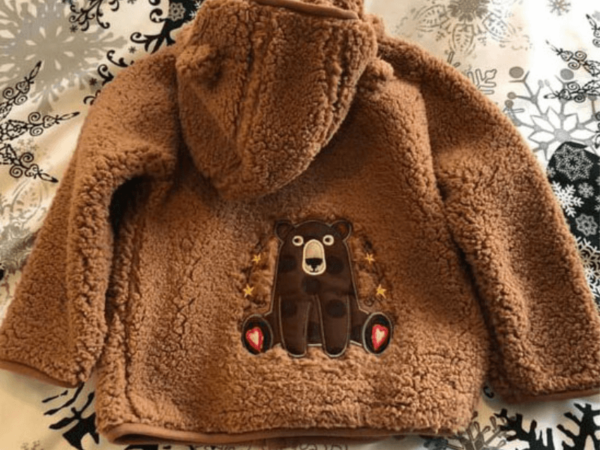
Check out over 30,000 high-quality embroidery designs to embellish your next project.
You can use an underlay of a tatami stitch back and forth, generally with a 1.2 mm gap, to keep down the fleece fluff.
Do I Hoop or Float Fleece In Embroidery?
This really depends on your preference. Here are some suggestions:
- Hooping: is more secure than floating and the best choice for blankets, garments, and any fabric larger than the hoop.
- Floating: just the opposite. Floating is okay for small projects like stuffed animals or small bags that fit in the hoop. You can use some temporary adhesive spray or a tack down line to prevent movement of your garment.
- Spray adhesive: only use temporary sticky spray designed for embroidery. Fleece has many fluffy microfibers. Spraying too much glue can make the fibers stick together and leave a residue.
Want to learn more about embroidery sprays? Learn how to master embroidery adhesives without the headaches!
For those using regular hoops, hoop burn can be an issue. To prevent this, use plain or double tissue paper and create a barrier between your clothes and hoops to reduce friction. You can also use plain white cotton. Just cut a hole big enough for your embroidery, lay the fabric window down and hoop.
Learn how to fix and avoid hoop burn within your embroidery projects for the best results possible.
What Stabilizer Do You Use For Fleece?
Remember the stretch of most fleece fabrics and the weight of the embroidery. Avoid using heavier tear-away stabilizers, as you will feel them after stitching.
We suggest using 1-2 layers of no-show mesh or cutaway. If you do choose to use water-soluble stabilizers, be ready to wash that ALL out and not leave a residue. You will definitely see the effects of gluing together microfiber.
Different stabilizers are used for different fabrics; read the complete embroidery stabilizer guide for the best results.
Use an iron-on stabilizer if necessary, but be careful because fleece can melt when heated.
Fleece Topper
You should use a water soluble topping on the top of the fleece. Be sure to remove as much as possible before you attempt to rinse out. If possible, wash in a washing machine so the fabric will be well-soaked and agitated.
Thread For Fleece
You can use any thread on fleece fabrics, but you must consider some factors.
- Metallic thread is a poly core wrapped with metal or mylar, which can catch in the fluffy microfibers.
- Fine threads will sink in and remain invisible.
- Rayon can also get “dreaded” with the microfibers.
Check out our guide for different types of embroidery threads and when to use them.
Conclusion: Follow These Tips For Great Embroidered Results
Remember these top tips when embroidering your next fleece garment for great stitched-out results:
- When picking fleece, consider the pros and cons of each type to find the best one for your project.
- Choose embroidery designs without thin lines (these will quickly disappear in the fluff of your fabric).
- The knockdown stitch gives a smoother background for stitching your design on.
- Hoop when using fabric larger than the hoop.
- Float when using fabric within the hoop (don’t forget to use some embroidery adhesive spray!).
- Stabilize with 1-2 layers of no-show mesh or cutaway
- Use a water-soluble topper.
- Avoid using finer threads, so they don’t sink into the fabric.
Have fun embroidering your next fleece project! Let us know of any other tricks you use below 🙂


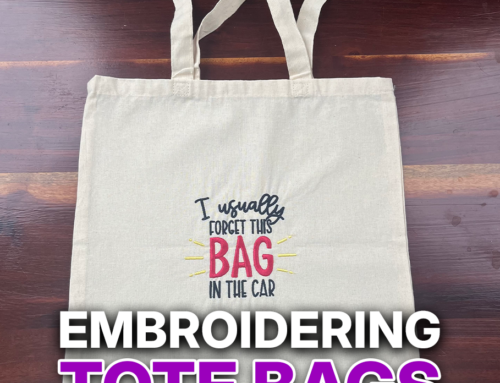
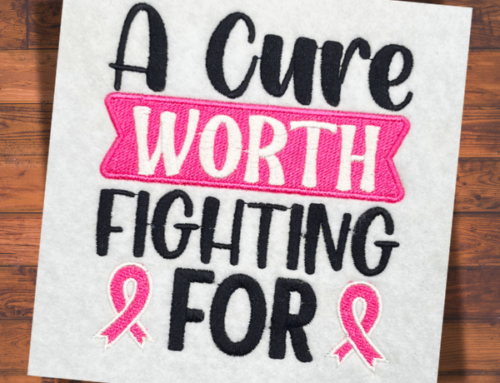
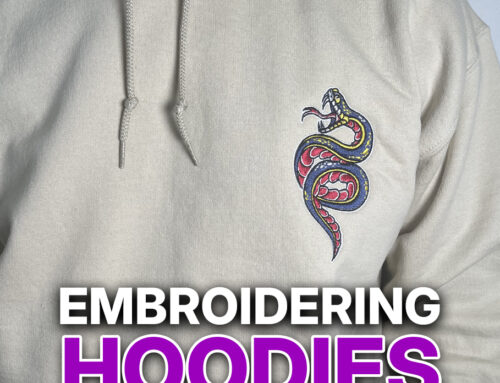
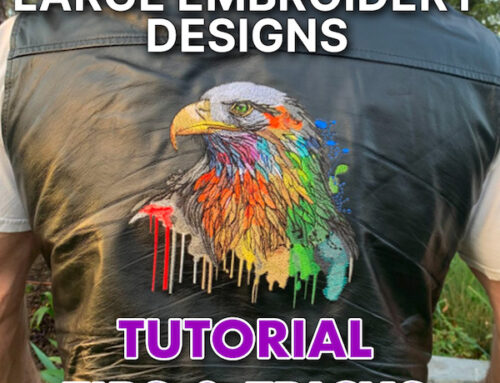
Leave A Comment